Polikarpov I-16
The Polikarpov I-16, nicknamed "Ishak" (Little Donkey) in Soviet service, was a groundbreaking Soviet monoplane fighter aircraft of the 1930s. It holds a unique place in aviation history as the world's first low-wing cantilever monoplane fighter with retractable landing gear. Its innovative design, however, came with inherent challenges and limitations, contributing to a complex and often contradictory legacy in World War II.
Nikolai Polikarpov’s design team at TsKB-39 (Central Design Bureau) embarked on the I-16 project with a bold vision for a highly maneuverable and fast fighter. Key features of the I-16 included:
Monoplane Design: A departure from the biplane fighters of the era, offering reduced drag and improved speed.
Low-Wing Cantilever: Aerodynamically efficient and contributing to a clean visual profile. The low wing also made for easier ground handling compared to high-wing designs.
Retractable Landing Gear: Reducing drag and increasing speed, making it one of the first operational fighters with this feature.
All-Metal Construction: Using duralumin skin over a metal frame, contributing to structural strength and lightness.
Shvetsov M-25 Radial Engine: A license-built version of the Wright Cyclone, providing significant power for the aircraft’s size. Later models used more powerful versions, driving further performance enhancements.
Compact Dimensions: Its small size contributed to its agility in dogfights, a crucial element of its intended role.
The first prototype, designated TsKB-12, flew in 1934 and demonstrated promising performance. Production commenced soon after, and the I-16 quickly became a cornerstone of the Soviet Air Force (VVS). Numerous variants were developed throughout its service life, incorporating improvements in engine power, armament, and pilot protection. These included versions with improved engines (M-62, M-63), increased fuel capacity, and various gun configurations.
Operational History
Spanish Civil War (1936-1939): The I-16 saw its combat debut in Spain, where it initially proved superior to the biplane fighters used by the Nationalist forces. Its speed, maneuverability, and firepower gave it an edge in aerial engagements, proving effective against the Heinkel He 51 and early versions of the Messerschmitt Bf 109. Many I-16s were also painted to be used as the "Mosca" which was a variant of the I-16.
Soviet-Japanese Border Conflicts (1938-1939): The I-16 participated in battles like the Battle of Lake Khasan and the Battles of Khalkhin Gol, where it faced off against Japanese fighters like the Nakajima Ki-27. While not always dominant, the I-16 contributed significantly to the Soviet war effort.
Winter War (1939-1940): The I-16 was used extensively against Finland, where it encountered challenges posed by the harsh weather conditions and the skilled Finnish pilots flying Fokker D.XXI fighters.
World War II (1941-1945): In the initial stages of the Eastern Front, the I-16 was the primary fighter of the Soviet Air Force. However, it was quickly outclassed by the more advanced German fighters like the Messerschmitt Bf 109F and Bf 109G. Despite this, the I-16 continued to serve in various roles, including ground attack and reconnaissance. The I-16, along with the Polikarpov I-153, took heavy losses due to the German Luftwaffe and was gradually replaced by newer Soviet fighters such as the Yak-1, LaGG-3, and La-5.
The primary nickname for the I-16 was "Ishak" (????), which translates to "Little Donkey" or simply "Donkey". This name was affectionate in nature, acknowledging the plane's ruggedness, reliability, and sometimes stubborn nature. Other nicknames and terms that may arise in community forum discussions include:
"Rata" (Rat): This was the name given to the I-16, mostly by the Nationalist forces, during the Spanish Civil War.
"Mosca" (Fly): This was the name given to the I-16, mostly by the Republican forces, during the Spanish Civil War.
"Little Fighter": A general descriptor emphasizing its small size and role.
Just add yours in the comments, let's discuss :)
- About the variant
I-16 Type 24
Four ShKAS, landing flaps replaced drooping ailerons, tailwheel added, second cockpit door added on the starboard side, Shvetsov M-63 engine with 670 kW (900 hp).
C O N T R O L S
Trim : Flaps, cruising 'rotate' adjuster
VTOL : Further flaps
Specifications
General Characteristics
- Created On Android
- Wingspan 31.6ft (9.6m)
- Length 21.0ft (6.4m)
- Height 11.0ft (3.4m)
- Empty Weight 2,730lbs (1,238kg)
- Loaded Weight 5,692lbs (2,581kg)
Performance
- Horse Power/Weight Ratio 0.193
- Wing Loading 11.8lbs/ft2 (57.8kg/m2)
- Wing Area 481.0ft2 (44.7m2)
- Drag Points 764
Parts
- Number of Parts 57
- Control Surfaces 7
- Performance Cost 442

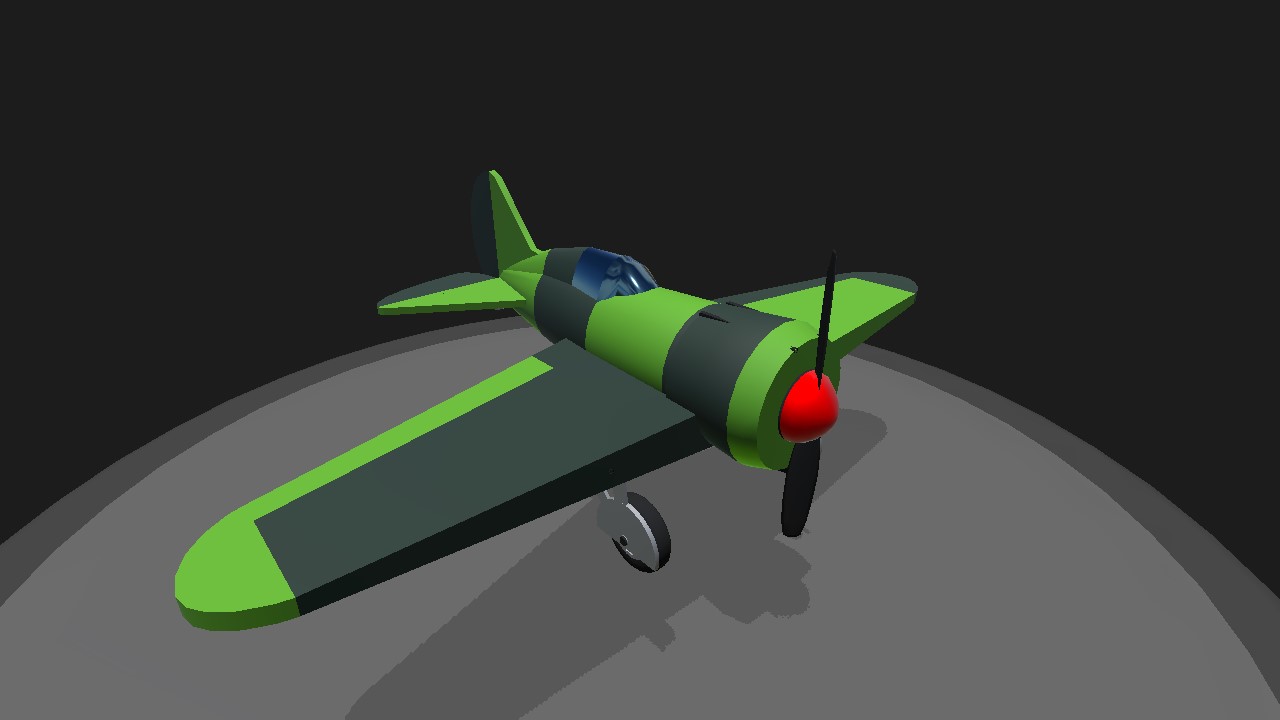

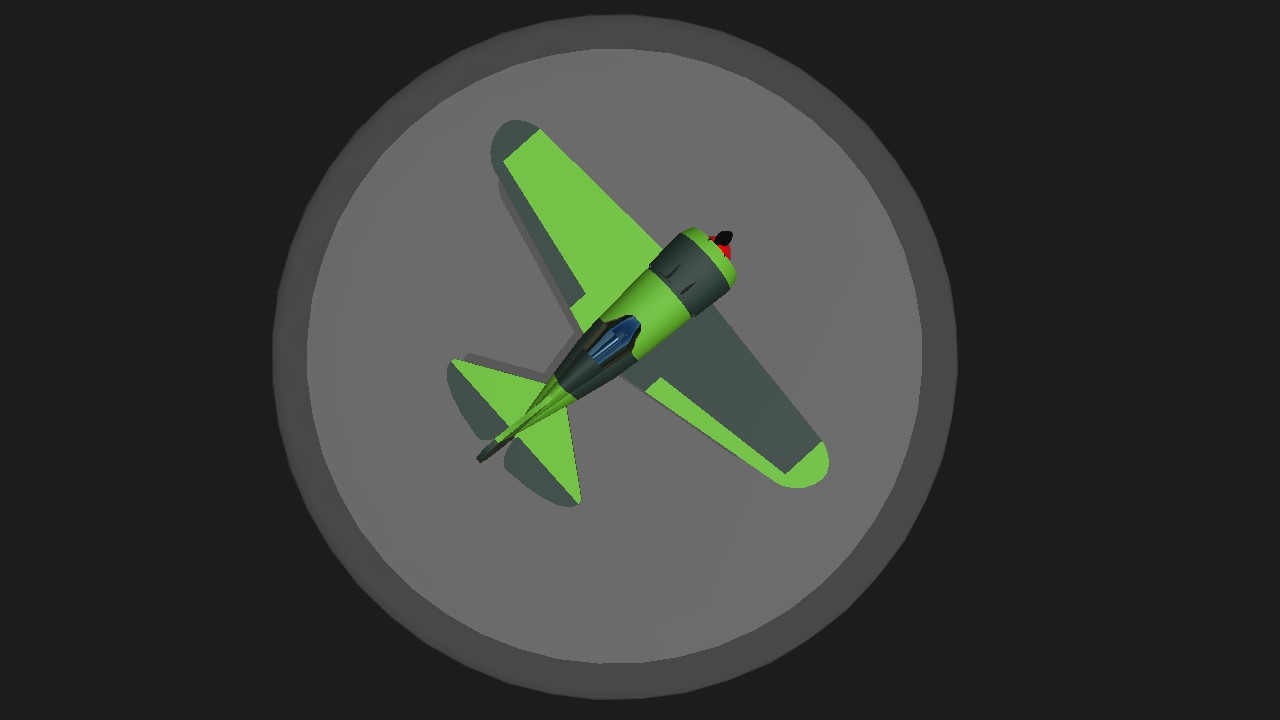
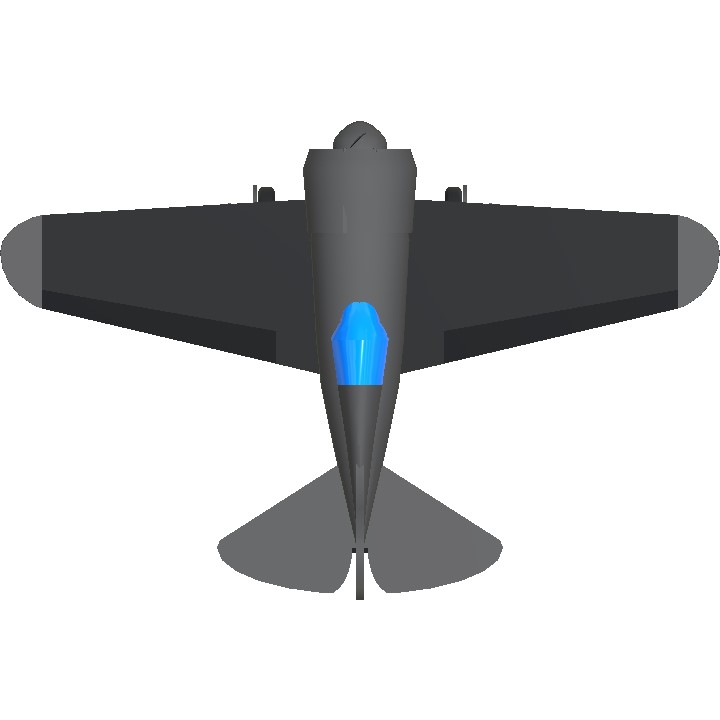
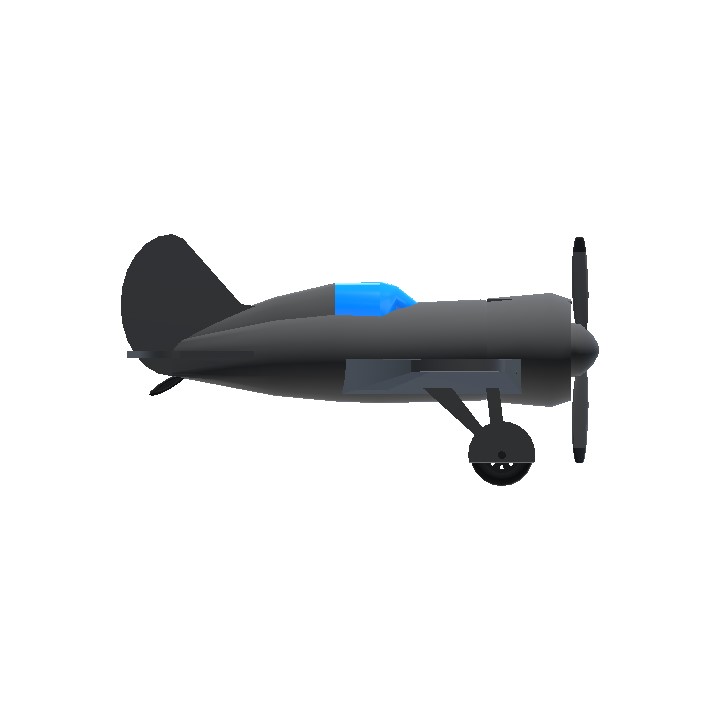
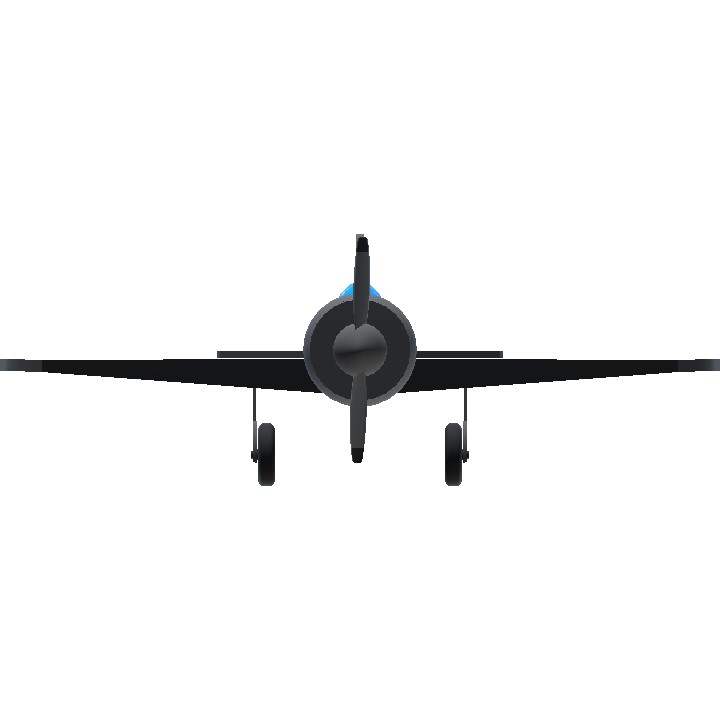
Wow, cool
Super flash!!!!!!!!!!!!